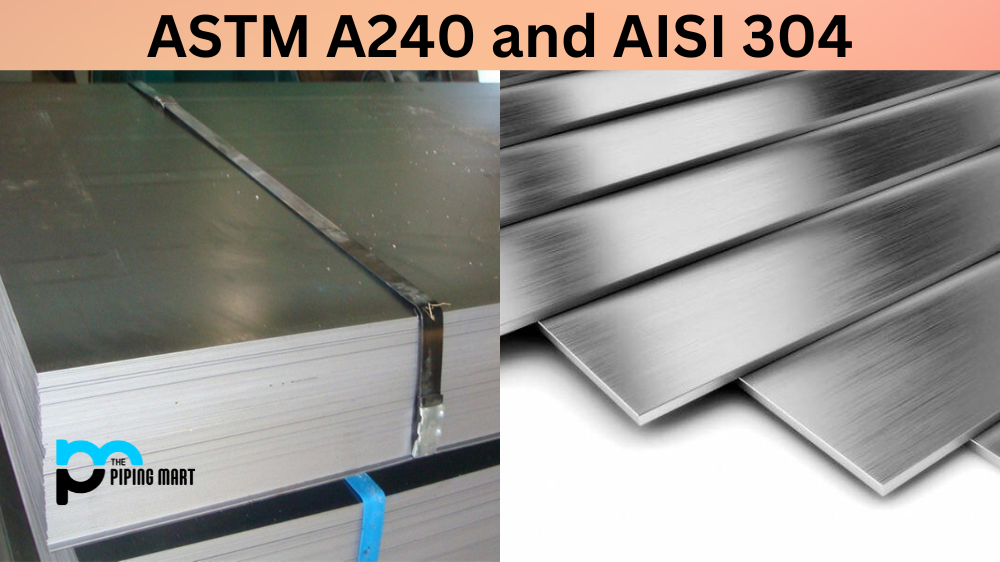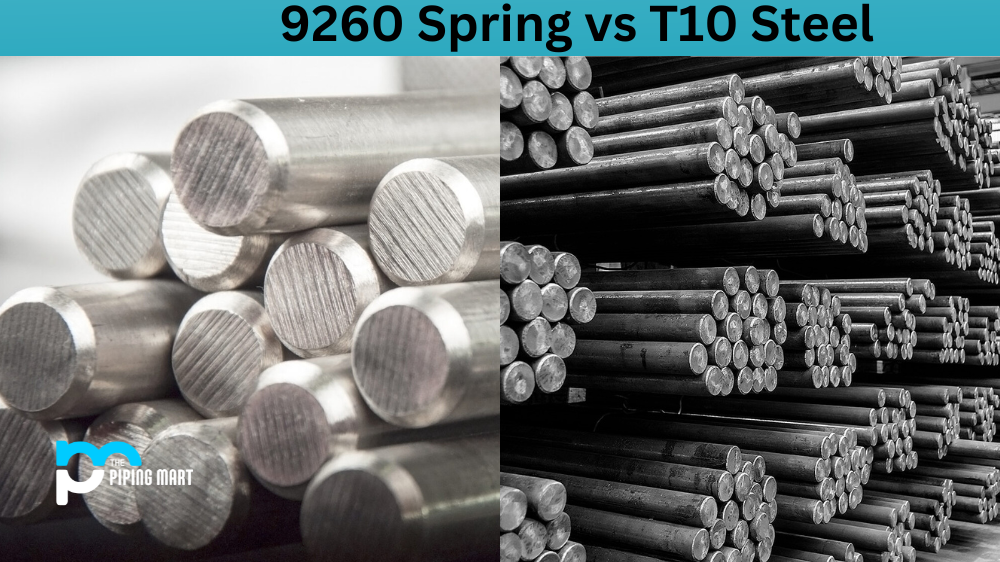If you’re in the market for stainless steel, it’s important to familiarize yourself with the different grades and standards to make an informed purchasing decision. Two common terms are ASTM A240 and AISI 304. But what do these terms mean, and what distinguishes them? This blog post delves into the differences between ASTM A240 and AISI 304 and helps you understand which best suits your needs.
What is ASTM A240?
ASTM A240 is a specification for chromium and chromium-nickel stainless steel plate, sheet, and strip for pressure vessels and general applications. It provides specifications for chemical composition, mechanical properties, and other requirements for several grades of stainless steel, including 304, 304L, 316, and 316L. These grades are primarily used for their corrosion resistance and formability properties and are commonly found in food processing, chemical processing, and oil and gas industries.
What is AISI 304?
AISI 304 is a grade of stainless steel that falls under the American Iron and Steel Institute (AISI) designation system. It’s also known as 18/8 stainless steel because it contains 18% chromium and 8% nickel. Like ASTM A240, AISI 304 is valued for its corrosion resistance and strength. Its versatility makes it suitable for various applications, including food processing equipment, kitchen appliances, and architectural trim.
Differences Between ASTM A240 and AISI 304
One significant difference between ASTM A240 and AISI 304 is that ASTM A240 is a specification, while AISI 304 is a grade designation. Another difference is that ASTM A240 applies to plates, sheets, and strips, while AISI 304 is used for a wider range of products, including pipes, tubes, and bars.
Chemical Composition
In terms of chemical composition, both ASTM A240 and AISI 304 have similar levels of chromium and nickel, but there may be slight variations. ASTM A240 requires minimum percentages of some elements, whereas AISI 304 has maximum percentages. While ASTM A240 has strict chemical compositional requirements, AISI 304 does not.
Mechanical Properties
Another key difference between ASTM A240 and AISI 304 stainless steel is that ASTM A240 has a higher tensile strength than AISI 304. This means that ASTM A240 is better suited for applications where high levels of stress are present, such as in springs or fasteners. Additionally, ASTM A240 has a higher yield strength than AISI 304, meaning that it can better withstand repeated loading without deforming.
Corrosion Resistance
As mentioned above, one of the key benefits of stainless steel is its corrosion resistance. Both ASTM A240 and AISI 304 stainless steels offer excellent resistance to corrosion, but they differ slightly in terms of their resistance to specific types of corrosion. For example, ASTM A240 is more resistant to intergranular corrosion than AISI 304.
Heat Resistance
ASTM A240 and AISI 304 stainless steels also differ slightly in their heat resistance. ASTM A240 is able to withstand higher temperatures than AISI 304, making it better suited for applications such as furnace parts or heat exchangers. However, both materials are still able to withstand high temperatures without deforming or becoming damaged.
Conclusion
Understanding the differences between ASTM A240 and AISI 304 is crucial to ensure you’re selecting the right type of stainless steel for your specific needs. While both are widely used for their corrosion resistance and strength properties, ASTM A240 is a specification that applies to plates, sheets, and strips, and AISI 304 is a grade that applies to a wide range of products. Knowing these differences will help you make an informed decision and ensure your investment in stainless steel is successful.

Meet Bhavesh, a seasoned blogger with a wealth of knowledge and experience. From metal products manufacturing to retail, Bhavesh has a diverse background in various industries and is dedicated to sharing his insights and expertise with readers.




